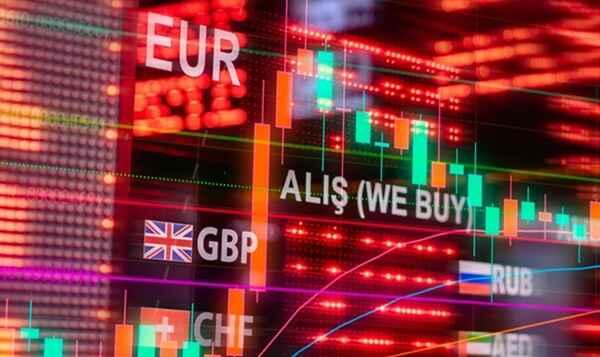Forex trading might seem like a complex puzzle reserved for financial experts, but at its heart, it’s about the simple exchange of one currency for another. People and businesses do this every day, whether they’re buying products from another country or traveling abroad.
The foreign exchange market, or Forex, is where these transactions happen on a massive scale. Learning about it opens up a new perspective on how global economies connect and interact with one another.

Core Elements
The Forex market is the largest financial market in the world, with trillions of dollars traded daily. It operates 24 hours a day, five days a week, across major financial centers like London, New York, Tokyo, and Sydney.
This continuous trading cycle allows participants to buy and sell currencies at any time during the week. The main participants include central banks, large commercial banks, corporations, and individual traders like yourself.
Currency Pairs
In Forex, you are always trading one currency for another, which is why they are quoted in pairs. You will see something like EUR/USD, which is the euro against the U.S. dollar.
The first currency is the “base” currency, and the second is the “quote” currency. If the EUR/USD price is 1.08, it means one euro is worth 1.08 U.S. dollars. When you trade, you’re speculating on whether the base currency will strengthen or weaken against the quote currency.
For more information on the basics, you can explore what is forex trading to build a stronger foundation. There are three main types of currency pairs: major pairs, which involve the U.S. dollar and are the most traded; minor pairs, which don’t include the USD but feature other major currencies like the EUR, JPY, or GBP; and exotic pairs, which pair a major currency with one from a smaller or emerging economy.
Grasp Market Influences
Currency values are in constant motion, influenced by a variety of economic, social, and political factors. A country’s economic health, reflected in reports on things like employment rates, inflation, and retail sales, plays a significant role.
For instance, high interest rates can attract foreign investment, which may strengthen a country’s currency. Political events, such as elections or changes in government policy, can also create volatility and affect currency prices. Keeping an eye on these global events is essential for understanding why the market is moving in a particular direction.
Chart Analysis Simplified
Traders use charts to visualize historical price movements and identify potential future trends. This practice is known as technical analysis. The three most common chart types are line charts, bar charts, and candlestick charts.
Line charts are the simplest, connecting closing prices over a period to show the general price trend. Bar charts provide more detail, showing the opening, closing, high, and low prices for a specific period.
Candlestick charts offer similar information but in a more visual format that many traders find easier to interpret at a glance, using “bodies” and “wicks” to represent price action.
Risk Management
Every form of trading involves risk, and Forex is no exception. A fundamental risk management technique is the use of a stop-loss order. This is an instruction to close your trade automatically if the price moves against you to a certain level, limiting your potential loss.
Another important principle is to only risk a small percentage of your trading capital on any single trade, which helps ensure that one or two losing trades won’t wipe out your account.

